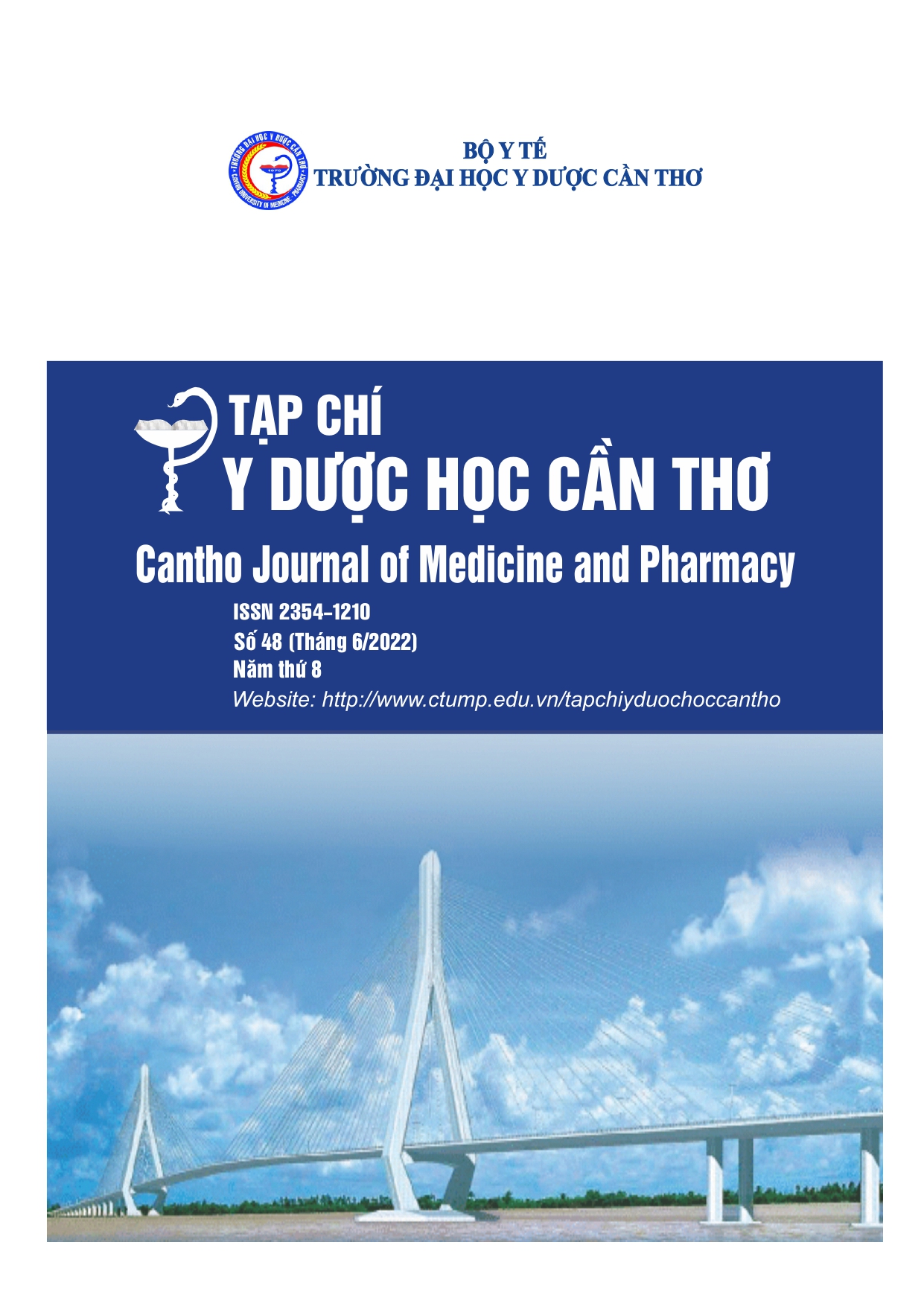IDENTIFY FACTORS AFFECTING KNOWLEDGE AND PRACTICE FOR SKIN TO SKIN CONTACT OF ETHNIC MINORITY MOTHERS AT THE CENTRAL HIGHLANDS REGIONAL GENERAL HOSPITAL
Main Article Content
Abstract
Background: Skin-to-skin contact (SSC) is an indispensable part of essential maternal and newborn care steps. However, the percentage of mothers who correctly understand SSC and apply this method correctly is still low. Differences in culture, education level, and language of communication have greatly affected the access to maternal health care and newborn care services. The results of this study were to determine the factors related to knowledge and practice of skin-to-skin contact among ethnic minority mothers at the Central Highlands General Hospital. Objectives: Identify factors affecting knowledge and practice for skin to skin contact of ethnic minority mothers at the Central Highlands Regional General Hospital. Materials and method: An intervention study with a 4-step control group designed. The intervention group received improved counseling, control groups routine counseling. Each group was put into a separate room, they were evaluated at 2 points of time, their practice score evaluated immediately postpartum. Each group's knowledge and practice was recorded and analyzed. Results: Multivariate analysis with linear regression showed that education level, knowledge score before intervention and intervention therapy were positively and independently correlated with the practice score of pregnant women. 62.1% of the change in knowledge score after intervention of pregnant women is related to education level, pre-intervention knowledge score and intervention therapy. Conclusion: 43.2% of the change in maternal practice scores was due to the change in the pre-intervention and therapy knowledge scores, further studies are needed to measure this effects.
Article Details
Keywords
Knowledge, practice, skin-to-skin contact, ethnic minority
References
2. Trần Nguyễn Thị Anh Đào, Huỳnh Thị Duy Hương (2011), “Mối liên quan giữa kiến thức nuôi con bằng sữa mẹ với bú mẹ hoàn toàn”, Y học TP.Hồ Chí Minh, 15 (1), tr.217-221.
3. Trần Thị Dự, Nguyễn Thị Thái Hà (2015), “Khảo sát kiến thức, thực hành về phương pháp ủ ấm da kề da của các bà mẹ có con đẻ non tại khoa sơ sinh Bệnh viện Nhi Trung ương năm 2015”, Luận văn Thạc sĩ.
4. Đặng Thị Hà, Nguyễn Thị Thúy An (2014), “Kiến thức, thái độ và thực hành của bà mẹ về ủ ấm cho trẻ sinh non tại khoa Sơ sinh Bệnh viện Nhi đồng thành phố Cần Thơ”, Y học TP.Hồ Chí Minh, 17(4), tr.97-98.
5. Nguyễn Đình Tuấn (2014), “Một số yếu tố ảnh hưởng đến cơ hội tiếp cận dịch vụ chăm sóc sức khỏe của người nghèo ở Việt Nam hiện nay”, Xã hội Học, 127(3), tr.48-51.
6. Blomqvist Y. T., Frolund L., Rubertsson C., et al. (2013), “Provision of Kangaroo Mother Care: supportive factors and barriers perceived by parents”, Scandinavian Journal of Caring Sciences, 27(2), pp.345-53.
7. Cantrill R., Creedy D., Cooke M. (2004), “Midwives' knowledge of newborn feeding ability and reported practice managing the first breastfeed”, Breastfeeding Review Journal, 12(1), pp.25-33.
8. Moore ER, Anderson GC, Bergman N, et al. (2012), “Early skin-to-skin contact for mothers and their healthy newborn infants (Review)”, Cochrane Database of Systematic Reviews, CD003519 (5).
9. Sroiwatana S., Puapornpong P. (2018), “Outcomes of Video-Assisted Teaching for Latching in Postpartum Women: A Randomized Controlled Trial”, Breastfeed Med, 13(5), pp.366-370.
10.Wantland D. J., Portillo C. J., Holzemer W. L., et al. (2004), “The effectiveness of Web-based vs. non-Web-based interventions: a meta-analysis of behavioral change outcomes”, Journal of Medical Internet Research, 6(4), pp.e40.
11.Zwedberg S., Blomquist J., Sigerstad E. (2015), “Midwives' experiences with mother-infant skin-to-skin contact after a cesarean section: 'fighting an uphill battle'”, Midwifery, 31(1), pp.215-20.


